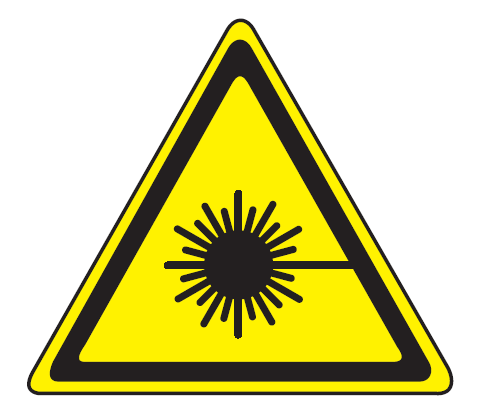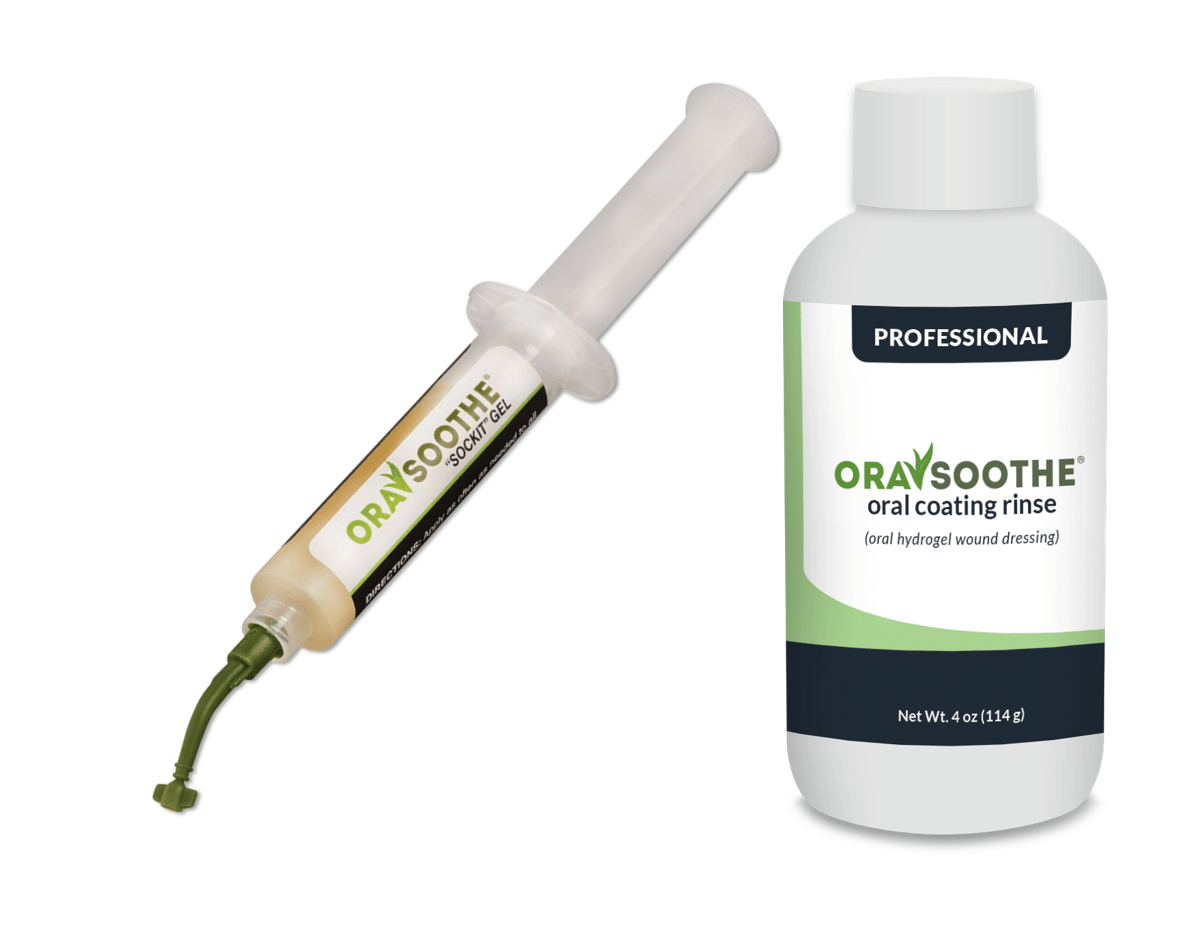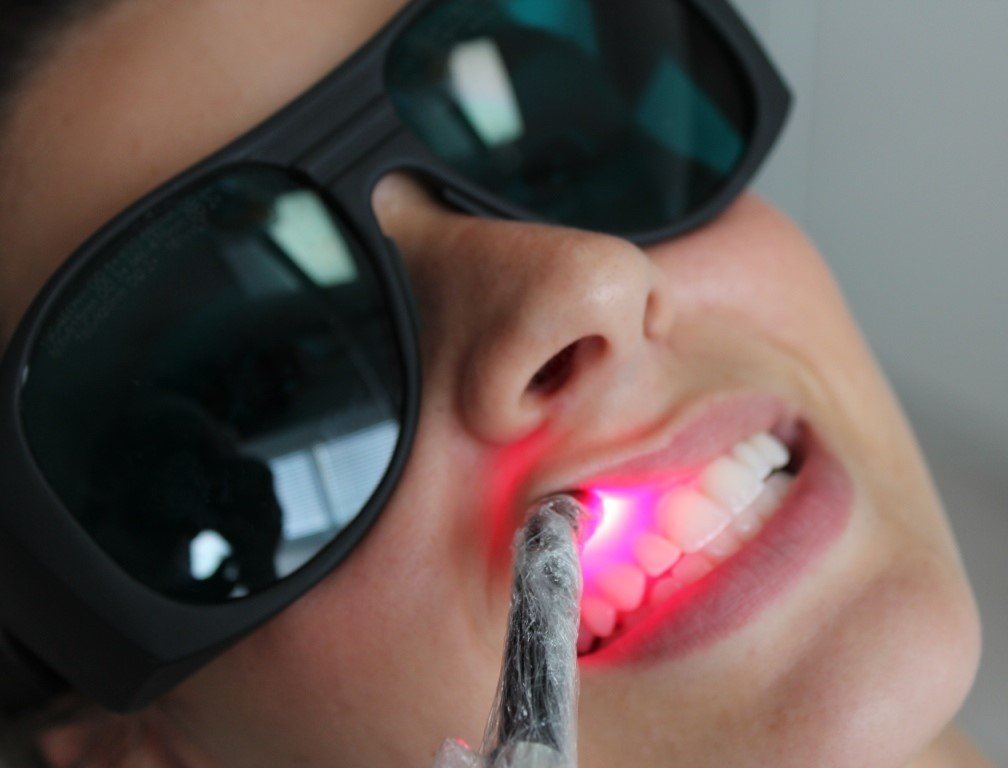
List of On-line Virtual Courses

Course Type: Live On-line Virtual Course
Date & Time: To Be Determined
Speaker: Roeland J. De Moor, DDS, PhD, MSc
Credit Hours: 1 Lecture Credit Hour
Course Type: Live On-line Virtual Course
Date & Time: May 13, 2025 7:30PM Eastern Time (USA & Canada)
Instructor: Scott D. Benjamin, D.D.S.
Credit Hours: 1 Lecture Credit Hour
Course Type: On-line Course
Dates & Times: To Be Announced
Intstructor: Scott D. Benjamin, DDS and Keith W. Brewster, DDS
Credit Hours: 1 Lecture Credit Hour
Course Type: On-line Course
Dates & Times: To Be Announced
Presenter: Scott D. Benjamin, DDS
Credit Hours: 1 Lecture Credit Hour
Course Type: Live On-line Course
Dates & Times: To Be Announced
Instructor: James Carroll
Credit Hours: 8 Lecture Credit Hours





